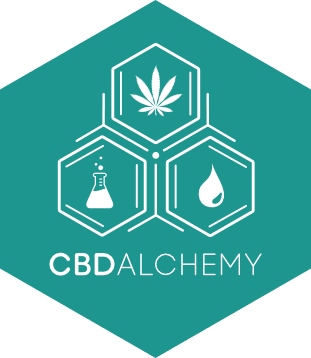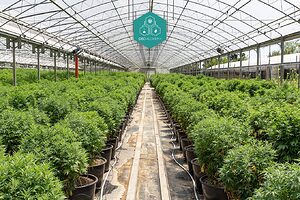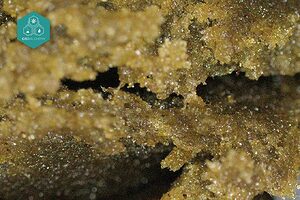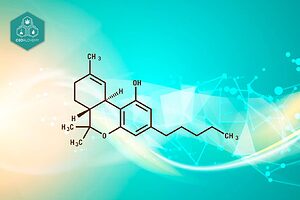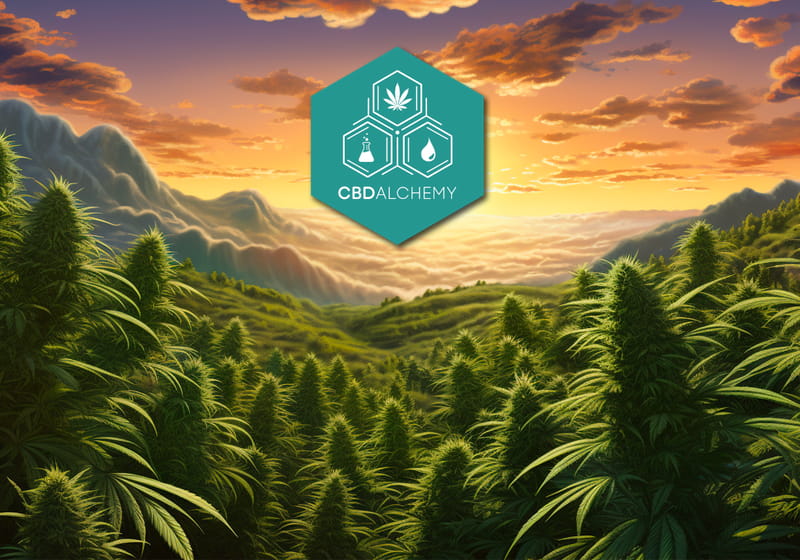- Key Takeaways
- What is CBG and Why is it Important?
- Legal Considerations for Extracting CBG
- Preparing Cannabis Plant Material for Extraction
- Key Methods for CBG Extraction
- Alternative Extraction Methods
- Step-by-Step Guide to CBG Extraction
- Challenges in CBG Production
- Benefits of Using CBG Oil
- Popular CBG Products
- How to Store CBG Oil
- Summary
- Frequently Asked Questions
Wondering how the CBG extraction process works? This article will explain the key steps and methods used to extract Cannabigerol (CBG) from cannabis, laying out everything you need to know about obtaining this crucial cannabinoid.
Key Takeaways
- CBG, a non-psychoactive cannabinoid, plays a crucial role in the cannabis plant as a precursor to other cannabinoids, demonstrating potential therapeutic benefits for various health conditions.
- Understanding CBG extraction methods, particularly ethanol and CO2 extraction, is essential for producing high-quality CBG oil, with each method offering distinct advantages and challenges.
- Proper storage of CBG oil is vital for maintaining its potency, requiring avoidance of temperature fluctuations, light exposure, and ensuring containers are tightly sealed.
What is CBG and Why is it Important?
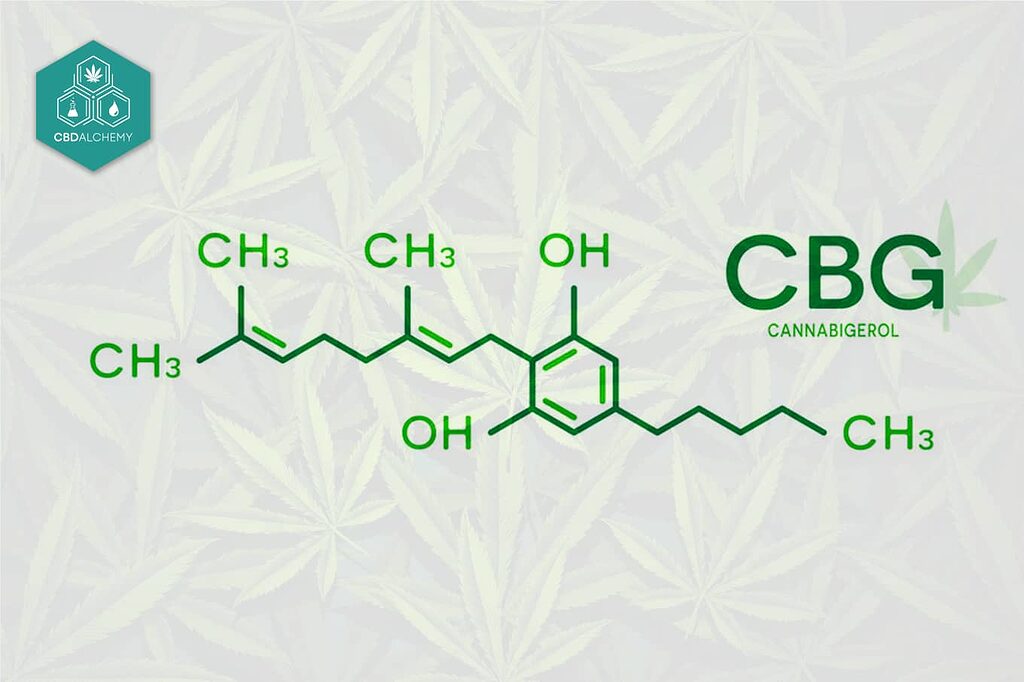
Commonly known as CBG, cannabigerol is a cannabinoid found in the cannabis plant that does not produce psychoactive effects. This makes it an appealing choice for individuals looking to avoid the euphoric “high” typically associated with cannabis consumption. Dubbed the “mother of all cannabinoids,” CBG plays a vital role by acting as a chemical precursor from which other cannabinoids like CBD and THC are synthesized, emphasizing its importance within the plant’s biochemical processes.
When interacting with human physiology, CBG binds to both CB1 and CB2 receptors in our endocannabinoid system. Through these interactions, it affects various bodily functions such as managing pain perception, influencing appetite levels, and modulating mood states. While research into its therapeutic applications remains ongoing, early findings suggest promising outcomes for using CBG in treating conditions characterized by anxiety symptoms or chronic pain sensations and inflammatory bowel disease (IBD), supported by its anti-inflammatory qualities along with antimicrobial and neuroprotective attributes.
CBG has also sparked considerable interest due to evidence suggesting it might aid in lowering intraocular pressure—an essential factor related to glaucoma management—potentially positioning itself as a valuable treatment option for this condition. Reports of stimulated appetite among users indicate additional benefits particularly relevant for those dealing with ailments including IBD, while suggested neuroprotective properties offer potential advancements toward combatting neurological disorders like Huntington’s disease.
The compound’s distinctive features not only underline its significance within the realm of medicinal applications, but also highlight why understanding the crucial roles played by compounds such as CGB marks an important step forward when delving into comprehensive knowledge regarding their extraction methods—all pivotal aspects affirming key contributions towards grasping broader implications intertwined within pharmacological contexts implicating marijuana derivatives on health-related matters.
Legal Considerations for Extracting CBG
The extraction process of CBG operates under the legal framework established by the 2018 Farm Bill, which legalized hemp cultivation and its cannabinoid extraction, including that of CBG. Hemp is categorized as cannabis with a THC level at or below 0.3%, distinguishing it from marijuana, which contains higher levels of THC and remains illegal federally. The bill requires strict adherence to these THC thresholds to ensure that all hemp farming and subsequent cannabinoid extractions follow federal mandates.
For states to engage in hemp cultivation, they must develop a regulatory plan that receives approval from the USDA. This oversight guarantees that both farming practices for hemp and the processes used in extracting CBG align with legal standards while providing guidelines for production that are compliant with safety regulations. Producers have an obligation to stay informed about changes in both state and federal laws so as not miss any updates or adjustments needed for their operations.
Understanding these legal parameters is essential for those involved in CBD extraction processes. Maintaining compliance assures lawful operation along with safeguarding product quality and consumer safety.
In summary, recognizing this legislative context will enhance our comprehension of the detailed work required when undertaking CBG extraction methods within legally sanctioned frameworks.
Preparing Cannabis Plant Material for Extraction
Preparing cannabis plant material for extraction is a crucial step in the overall extraction process. The quality of the plant material can significantly impact the yield and quality of the final extract. In this section, we will discuss the different drying methods, curing, and preparing plant material for optimal extraction.
Drying methods: air-drying, oven-drying, freeze-drying
Drying is an essential step in preparing cannabis plant material for extraction. There are several drying methods, each with its own advantages and disadvantages.
- Air-Drying: This is a slow and gentle process that helps preserve the delicate trichomes and cannabinoids. By hanging the cannabis plants in a well-ventilated area at room temperature, air-drying ensures minimal degradation of bioactive compounds. However, it requires a longer time compared to other methods.
- Oven-Drying: This method uses heat to dry the plant material quickly. While it is faster than air-drying, the high temperatures can be harsh on the trichomes and cannabinoids, potentially reducing the quality of the final extract. Careful temperature control is essential to avoid damaging the essential oils and cannabinoids.
- Freeze-Drying: This advanced method uses a vacuum to remove water content from the plant material, preserving the trichomes and cannabinoids effectively. Freeze-drying maintains the integrity of the bioactive compounds, resulting in a high-quality final extract. However, it requires specialized equipment and can be more expensive.
Curing and its effects on CBG extraction
Curing is a process that involves storing the dried cannabis plant material in a controlled environment to allow natural processes to occur. This step is crucial for breaking down chlorophyll and other impurities, making it easier to extract cannabinoids. Proper curing also helps preserve terpenes and other volatile compounds, enhancing the quality of the final extract.
However, curing can affect the CBG extraction process. CBG is a sensitive compound that can be degraded by heat, light, and oxygen. Therefore, it is essential to cure the plant material in a way that minimizes exposure to these factors. A well-cured cannabis plant material ensures a higher extraction yield and better quality of the final CBG extract.
Preparing plant material for optimal extraction
Preparing plant material for optimal extraction involves several steps to ensure maximum efficiency and quality:
- Grinding: Grinding the plant material increases the surface area, making it easier for the extraction solvents to penetrate and dissolve the cannabinoids. A consistent grind size is crucial for uniform extraction.
- Sieving: Sieving helps remove impurities and ensures that the plant material is consistent in size. This step is important for achieving a uniform extraction process.
- Mixing: Mixing the plant material with the chosen solvent ensures that the cannabinoids are evenly distributed. This step is vital for achieving a high extraction yield and quality.
By following these preparation steps, producers can optimize the extraction process, resulting in a high-quality final extract.
Key Methods for CBG Extraction
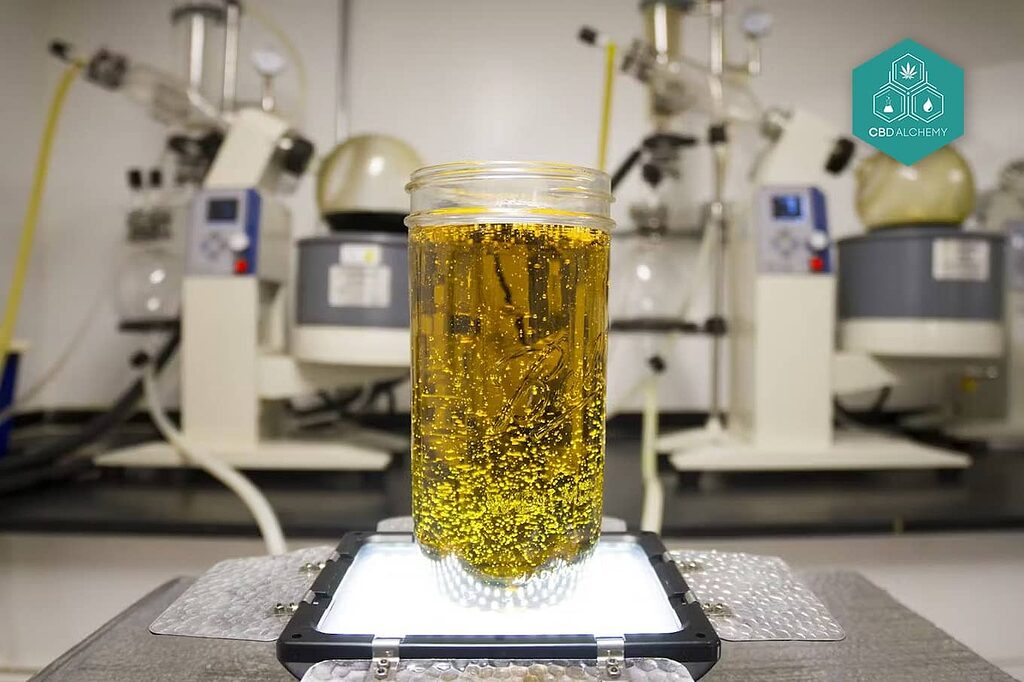
The process of extracting CBG from the material of cannabis plants can be achieved through various techniques, each presenting its own set of strengths and weaknesses. Ethanol extraction and supercritical CO2 extraction stand out as two principal methods for isolating cannabinoids from the unprocessed plant material. Supercritical CO2 extraction is a type of supercritical fluid extraction (SFE), which is known for its environmentally friendly approach and ability to selectively extract desired compounds. These approaches differ greatly in terms of their effectiveness, expense involved, and the caliber of the resultant product.
Choosing an appropriate extraction method is essential to procure premium CBG oil. While certain companies may utilize a dual-phase extraction technique that combines CO2 followed by ethanol extractions to enhance yield and purity levels. Alternatively, different firms might prefer other strategies such as hydrodynamic cavitation or microwave-assisted extraction with aims at improving productivity.
Subsequent sections will delve into the details surrounding both ethanol-based and CO2-centered extraction methodologies, delivering an exhaustive insight into how they operate along with outlining their respective advantages.
Ethanol Extraction
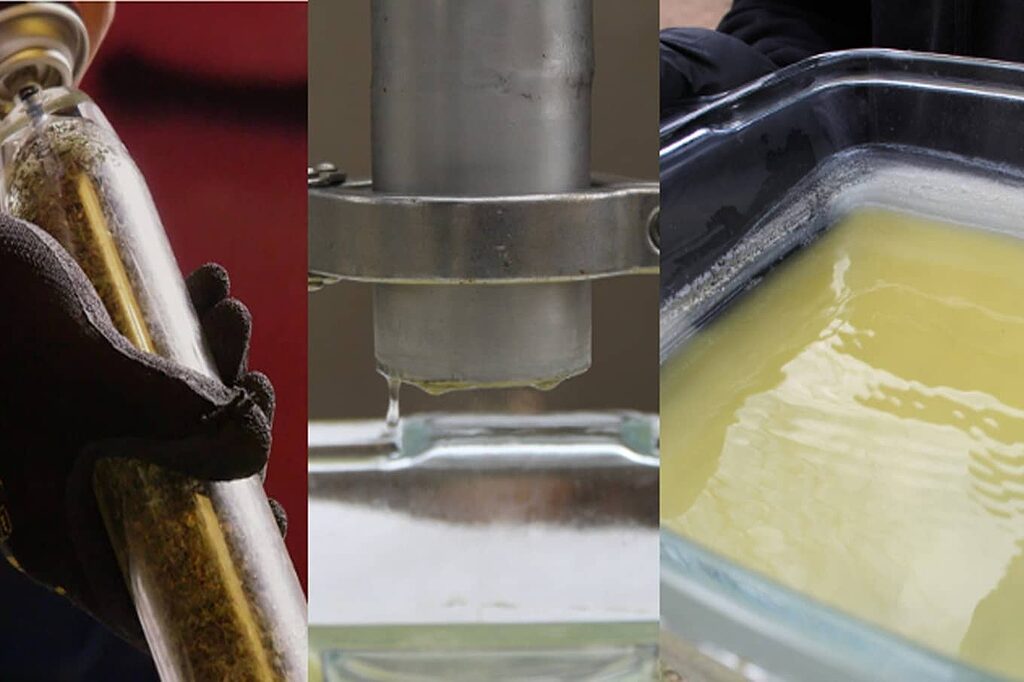
The extraction process using ethanol is a widely favored technique for obtaining comprehensive CBG oil, prized for its efficiency and efficacy. This procedure begins by immersing the cannabis plant material in food-grade ethanol that serves as an extraction solvent to pull out the desired cannabinoids. Following their dissolution, solid plant material is separated from the liquid solvent through either a centrifuge or filtering equipment.
Ethanol extraction’s ability to encompass a broad spectrum of cannabinoids and essential oils positions it as advantageous, yielding a full-spectrum output. Yet, this method comes with potential disadvantages including potentially lower-quality oil due to greater residual solvents present after extraction, which may necessitate extra purification procedures for removal. Cold ethanol techniques are proficient, but tend to raise energy usage required to maintain low temperatures in the liquid extraction apparatus—this increase in operational expenses can be notable.
Owing to its harmonious blend of efficiency and effectiveness, despite these obstacles, ethanol-based methods are highly respected within the sector. Producers seeking top-tier quality CBG oil can refine their approach by thoroughly comprehending this particular method’s intricacies while focusing on enhancing overall yield during production stages.
CO2 Extraction
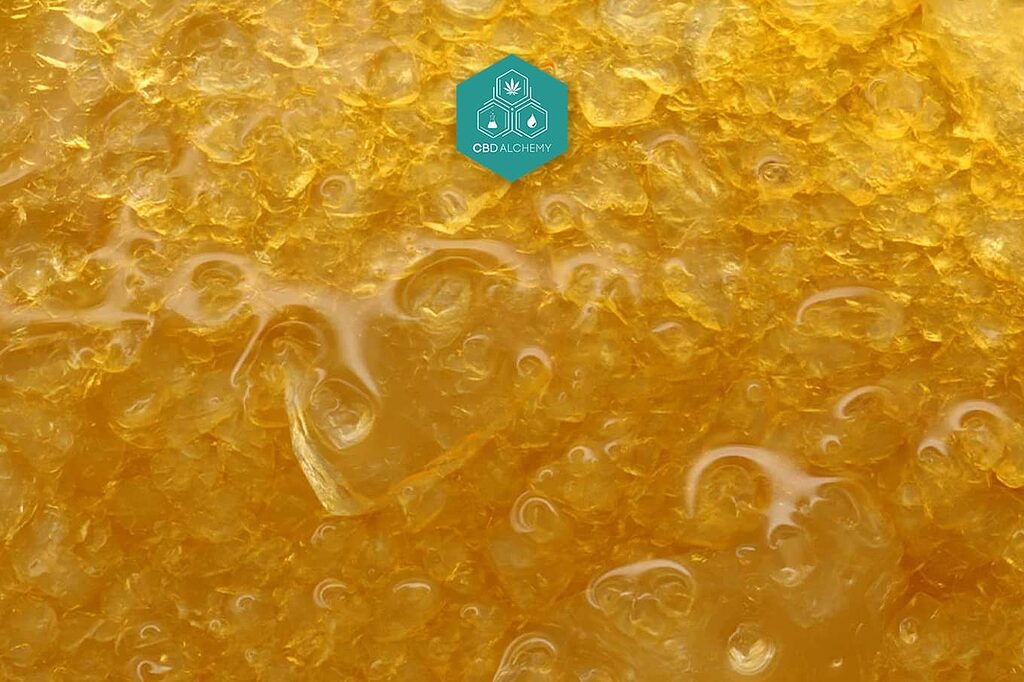
The CO2 extraction method is considered the most effective and purest technique for deriving CBG oil. This approach deploys supercritical carbon dioxide to function as a solvent, capable of isolating cannabinoids from cannabis plant material without any residual solvents. The process entails subjecting carbon dioxide to elevated pressures and temperatures until it reaches a supercritical state, allowing it to act as an efficient solvent for cannabinoid dissolution.
Benefits include:
- Elevated purity and caliber in final yield.
- A cleaner alternative by excluding residual solvents.
- Enhanced precision control during the process that guarantees uniformity in cannabinoid concentration.
Contrastingly, there’s substantial financial investment required associated with setup, including purchase price alongside running expenditure—posing potential obstacles, particularly where budget limitations exist.
Harnessing the strengths inherent within CO2-based retrieval processes facilitates production of premium-grade CBG oils that align tightly with rigorous demands seen across today’s cannabis trade circles. For optimal exploitation coupled with productive yields when extracting CBG through these means requires deep comprehension of technical complexities involved.
Alternative Extraction Methods
Alternative extraction methods are becoming increasingly popular in the cannabis industry. These methods offer a range of benefits, including increased efficiency, reduced solvent usage, and improved extract quality. In this section, we will discuss microwave-assisted extraction (MAE) and its principles and applications.
Microwave-Assisted Extraction (MAE): Principles and Applications
Microwave-assisted extraction (MAE) is an innovative method that uses microwave energy to heat the plant material and solvent, significantly increasing the extraction efficiency. This technique is gaining traction due to its speed, efficiency, and ability to produce high-quality extracts.
Principles of MAE: MAE involves the use of microwave energy to heat the plant material and solvent. The microwaves create a pressure gradient within the plant cells, causing them to rupture and release their contents. This process enhances the extraction of cannabinoids, terpenes, and flavonoids from the cannabis plant material. The use of microwave energy allows for precise control over the extraction conditions, resulting in a more efficient and consistent extraction process.
Applications of MAE: MAE is versatile and can be used to extract a wide range of bioactive compounds from cannabis plants. It is particularly effective for extracting cannabinoids, terpenes, and flavonoids, which are essential for producing high-quality CBG oil. One of the key advantages of MAE is that it can be performed with minimal or no solvents, making it an environmentally friendly option. Additionally, MAE can significantly reduce extraction times compared to traditional methods, increasing overall productivity.
By leveraging the principles of microwave-assisted extraction, producers can achieve higher extraction yields and better quality extracts, making it a valuable addition to the array of extraction techniques available in the cannabis industry.
Step-by-Step Guide to CBG Extraction
The process of extracting CBG involves immersing hemp plant material in a selected solvent. This allows the cannabinoids to be drawn out and separated from the raw plant material. Following this, the solution is subjected to evaporation using heat and vacuum technology, which aids in removing any remaining solvents. Efficient solvent removal is crucial to enhance the purity and quality of the final cannabinoid products. The removal of these residual solvents through what’s known as solvent extraction ensures that the final extract maintains its high quality.
Subsequently, decarboxylation takes place where cannabinoid acids are converted into their active states by applying heat, rendering them more potent bioactive compounds suitable for therapeutic applications. CO2 extraction stands out for its ability to yield an untainted final product devoid of lingering solvents while effectively retrieving cannabinoids.
After decarboxylation, purification procedures are conducted on the resultant extract to confirm both its purity and potency. Such steps may include distilling processes or additional filtration methods aimed at eradicating contaminants. Adhering rigorously to these stages culminates in premium-grade CBG oil that conforms with industry benchmarks.
This detailed roadmap outlines each critical phase within the extraction procedure demonstrating their collective role in creating superior CBG extracts—a valuable resource whether you’re beginning your journey or refining established techniques for top-tier outcomes.
Challenges in CBG Production
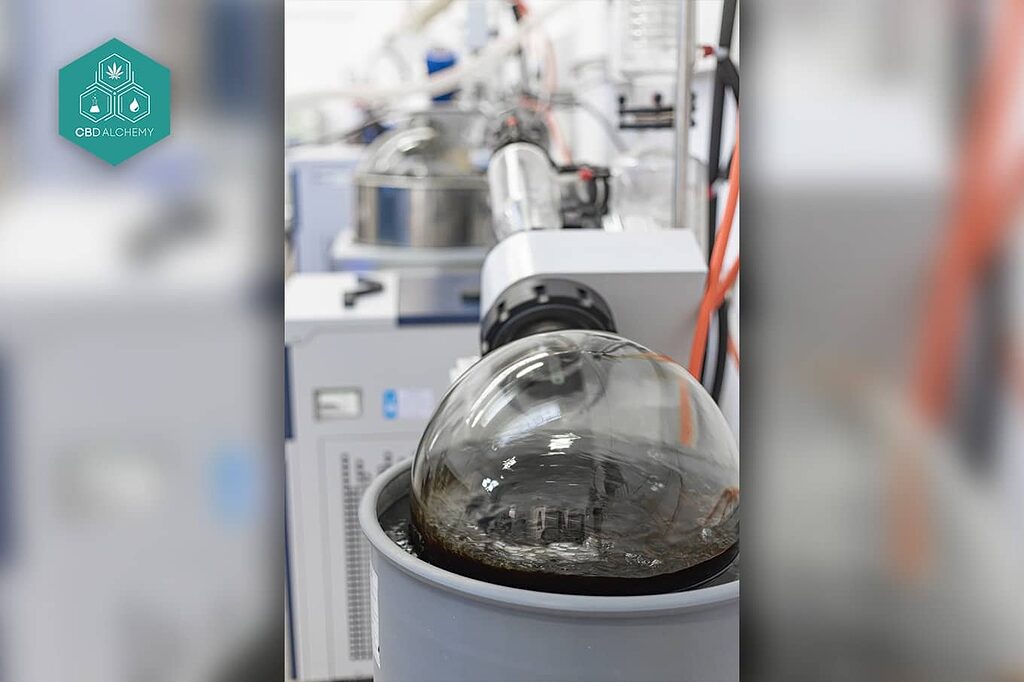
The process of producing CBG involves a number of difficulties, beginning with the necessity to time the harvest of cannabis plants accurately. Harvesting beyond the optimal period can cause CBGA to transform into different cannabinoids, which lowers the available amount of CBG. Maintaining precise harvest times is vital for maximizing CBG yield.
One notable issue lies in the scarcity of cannabis strains that naturally contain high levels of CBG. Breeding and nurturing such varieties demands considerable investment in terms of both research and development efforts.
Financial concerns pose a substantial obstacle due to elevated expenses associated with cultivating particular high-CBG cannabis strains as well as their extraction and refinement processes. These costs may hinder smaller producers from entering this space and also influence final market prices for cbg products.
Despite these hurdles faced by producers when dealing with production aspects relating to cbg content within various types including hemp (something sought after due to its possible therapeutic applications) interest remains resilient leading continued progress through scientific study across related sectors serving ultimately increase accessibility concerning premium offerings along said lines commercially speaking respectively overall.
Benefits of Using CBG Oil
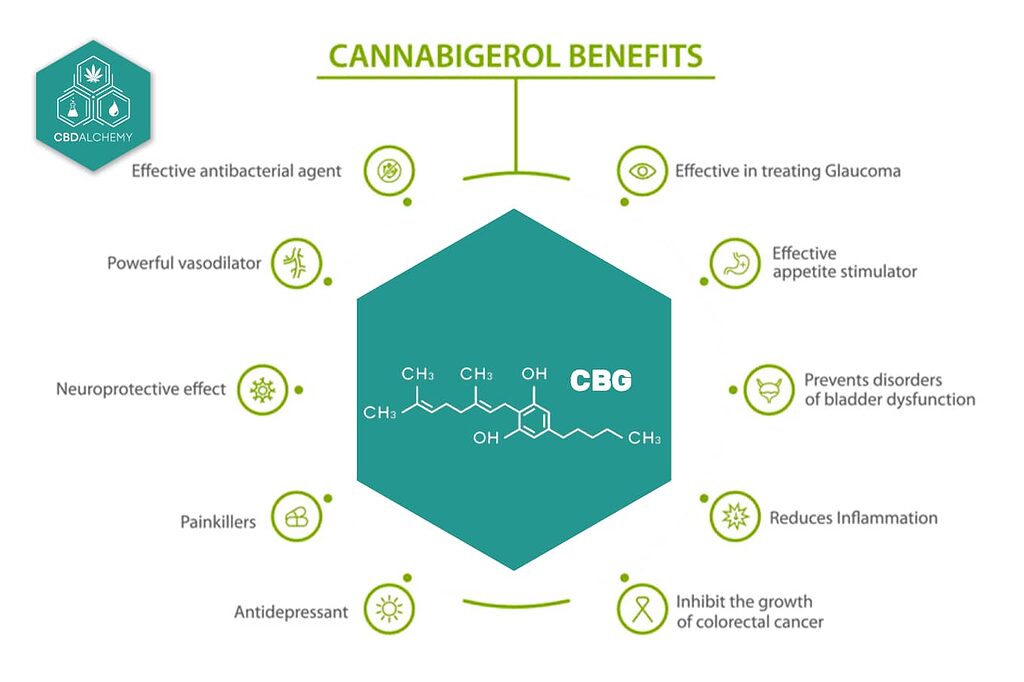
CBG oil is acclaimed for its multifaceted health advantages, thereby establishing itself as an important product in the wellness industry. Its efficacy is particularly prominent in addressing neurological conditions, digestive issues, and metabolic diseases. The substance also boasts significant antibacterial effects against strains of bacteria that are resistant to drugs, enhancing its medicinal appeal. Users often attest to CBG’s superior performance over standard pharmaceuticals when it comes to mitigating anxiety symptoms and managing chronic pain.
Numerous testimonials suggest that CBG may outperform traditional medical treatments in terms of providing relief from persistent pain. It has garnered attention for its potential effectiveness in soothing symptoms associated with anxiety and depression too, again appearing more helpful than established medications among some individuals who use it. Known as well for both antioxidative and antimicrobial attributes, CBG oil supports tranquil states conducive to better sleep quality.
CBG stands out because of its proficiency at lowering intraocular pressure. This could mark a major therapeutic breakthrough, especially relevant for those afflicted by glaucoma. Beyond this application, it contributes broadly to relaxation strategies aimed at cultivating enhanced personal welfare.
All things considered, the array of benefits linked with CBG oil covers numerous aspects of human health care—positioning it as a robustly multipurpose natural intervention choice—with consumers commonly praising its unique strengths across various medical scenarios where they seek alternatives or complements to conventional treatment options.
Popular CBG Products
The consumer market for CBG products is experiencing rapid growth, providing a wide array of choices. There are varying strengths of CBG oils available, including 5% and 15%, to meet diverse preferences and requirements. CBG-infused gummies are also becoming increasingly favored due to their convenience and enjoyable flavor profile. For those who opt for alternative methods, vape products with CBG offer a different mode of intake that appeals to many.
For numerous manufacturers of CBG products, it’s crucial to maintain openness regarding the origin and testing procedures used in production. This practice ensures consumers have access to high-caliber offerings that deliver both safety and efficacy. Fast absorption into the bloodstream is a key benefit offered by sublingual application using tinctures like CBD, which has made them especially popular among individuals seeking swift outcomes.
As interest in these items escalates within this burgeoning sector, anticipate witnessing an even greater variety of innovative options emerging on the market designed around unique delivery systems such as oils edibles or vapes tailored specifically towards varied personal tastes.
How to Store CBG Oil
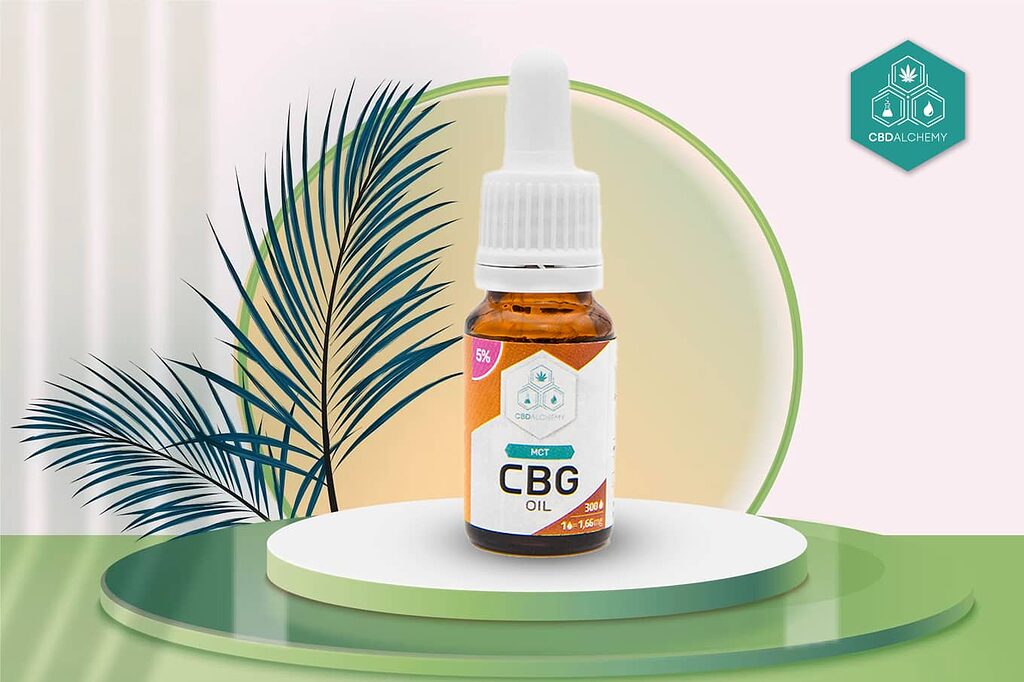
It is essential to preserve CBG oil properly in order to retain its effectiveness and high quality. A pantry or kitchen cabinet, where the temperature remains between 60 and 70°F, serves as an ideal location for conservation. It’s important to avoid storing it in areas subject to temperature fluctuations that may compromise the integrity of the oil—for example, leaving CBG oil inside a vehicle can lead to its exposure to extreme temperatures and result in deterioration.
To prevent degradation from light sources, it’s advisable to house your CBg oil within an opaque container that shields it from any light exposure. Ensuring that the container is well sealed will safeguard against air getting in which could change the chemical composition of the CBD products and diminish their potency.
Ultimately, keeping CBG items stored at stable room temperatures out of direct sunlight and securely sealed will extend their lifespan by preserving both quality and efficacy. By following these storage guidelines diligently, you’ll be able to ensure you’re utilizing your CBD Oil optimally.
Summary
Grasping the nuances of the CBG extraction process is essential, covering everything from adherence to legal guidelines to employing particular techniques such as ethanol and CO2 extraction. This deep understanding lays the foundation for crafting premium CBG oil, which has significant promise in health applications due to its non-intoxicating profile.
Despite hurdles in its production, the merits of CBG oil are not overshadowed—ranging from potential treatments for various ailments to notable antibacterial characteristics—highlighting why it’s becoming increasingly prominent in wellness circles. As demand for CBG products escalates, maintaining stringent storage protocols is imperative so that consumers can benefit from these effective and superior-quality offerings. Delve into this realm and discover the expansive therapeutic opportunities presented by CBG.
Frequently Asked Questions
Why is CBG so expensive?
CBG’s high cost is primarily due to its rarity, as it is present in only small amounts in cannabis plants, making it more expensive than other CBD products.
Will CBG give you a buzz?
CBG will not give you a buzz, as it is non-intoxicating and does not produce a high like THC does.
Thus, you can use CBG without the concern of experiencing euphoric effects.
What temperature do you Decarb CBG at?
Decarboxylate your CBG flower at 105 degrees Celsius for one hour to preserve its properties effectively.
Higher temperatures or extended durations may compromise the compound’s benefits.
How do they extract CBG?
CBG is extracted from hemp or cannabis plants primarily using CO2 solvents, producing crystals that resemble powdered sugar.
These crystals can be consumed in various ways, such as sublingually, through smokeable flowers, or mixed into oils and smoothies.
What are the legal requirements for extracting CBG?
In order to legally extract CBG, it is imperative that the hemp utilized has a THC content of 0.3% or below. Adherence to state regulatory frameworks approved by the USDA is mandatory as stipulated in the 2018 Farm Bill.
For CBG extraction to be considered legal, strict compliance with these established regulations is essential.
